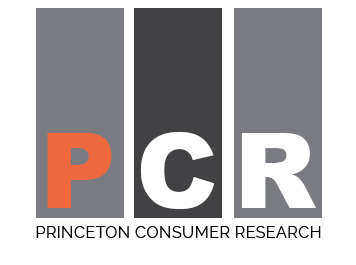Clinical Patch Testing | HRIPT
Proving that your ingredients are safe for use in an in vivo situation by using delayed contact testing allowing you to make safety claims on the package regarding allergenicity and hypersensitivity.
Proving that your ingredients are safe for use in an in vivo situation by using delayed contact testing allowing you to make safety claims on the package regarding allergenicity and hypersensitivity.
Jordan and King Method (Industry standard method of patch testing):
Kligman Method:
Shelanski Method:
An Induction phase is performed for 3 weeks, where 9 consecutive patches are applied to the same skin site on the arms or back for 24 h, three times a week. Each induction site is evaluated for erythema and oedema after removal of the patch. Two weeks after the last induction, a challenge patch is applied for 24 h and subsequently read at 48h and 96h. The response after challenge is compared to the responses reported after the early induction patches. The induction patch responses are also noted and interpreted as evidence of cumulative irritation.
Princeton Consumer Research
Baypoint Commerce Center
Suite 120, 9600 Koger Blvd N
St Petersburg
Florida
33702
Princeton Consumer Research
575 Route 28
Building 1
Unit 100
Raritan
NJ 08869
Princeton Consumer Research
185 Stradbrook Ave
Winnipeg
MB
R3L 0J4
Princeton Consumer Research
8 Richmond Road
Dukes Park
Chelmsford
Essex
CM2 6UA
Princeton Consumer Research
164A Plymouth Grove
Manchester
M13 0AF
UK
